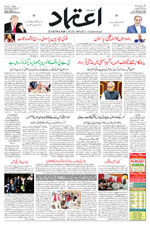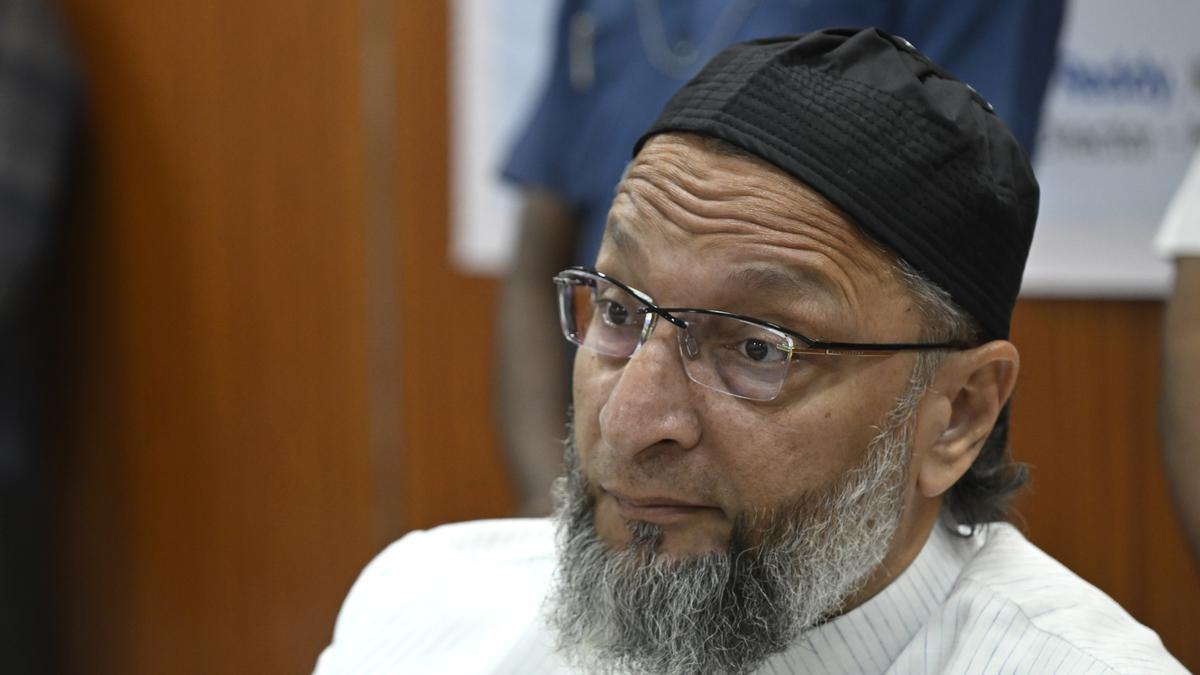COVID-19 Fear: Only 5% of students turn up to schools, colleges on Day 1 in Maharashtra
.jpg)
As schools re-opened in nearly 25 districts on Monday — after shutting in March due to the Covid-19 lockdown — only five per cent students across the state were present.
As per state School Education Department guidelines, 50 per cent students have been allowed to attend a class at one time. Officials expect attendance of students to improve in the coming days, but school principals have pointed to many challenges in ensuring that all students catch up with studies.
In addition to Mumbai, Palghar, and Thane, schools in Jalgaon, Hingoli, Nanded, Nashik, Dhule, Nagpur and Parbhani did not start on Monday. According to data available with the department, 35.3 per cent schools in the state, (9,127 out of 25,866) reopened on the day.
Solapur had the maximum number of students in attendance (34 per cent), while Amravati saw attendance of only 0.8 per cent, despite reopening all of its 520 schools. As many as 1,353 out of 1,41,720 (0.95) per cent teachers and 290 out of 44,313 (0.006 per cent) non-teaching employees were found Covid-19 positive among those who undertook the test.
In Satara district’s Karad taluka, 29 students of Class IX and X attended Tilak High School and Junior College, of the total 33 students whose parents had consented, said Gokul Ahire, principal. While the total strength of both classes is nearly 320 students, over 150 were expected to attend school as per government guidelines. For Classes XI and XII, 59 students showed up for class out of a total strength of 300 students.
“We feel the numbers will improve slightly tomorrow,” Ahire said. “Today was just the first day, and parents would be unsure of whether to
send their children…”
The school and junior college conducted classes in two shifts – Classes XI and XII from 8 am to 11 am, and Classes IX and XII from 1 pm to 4 pm. “Our junior college is for girls only, and we anticipate difficulty in getting them to attend physical classes. These students come to our school from nearly 180 villages, and most times, the only transport available is a bus with no fixed timings. It only takes off when it is filled with the required number of people,” Ahire said.
To help teachers avoid the extra load of conducting the same lectures for students who did not attend physically, zoom sessions were set up during the ongoing class.
Even as online education for all students began on June 15, teachers and principals are unsure of the efficacy of the medium. “Learning has suffered to quite an extent. As I took rounds of the class, I learnt that even among students who attended online classes, not many absorbed what was taught….” Ahire said.
At Karmavir Vidyalaya in Chandrapur district’s Madheli village, only 10 students of Class IX and X came to school. While the student strength is 65, at least 30 were expected by the school management. “This should improve in 2-4 days. In our taluka alone, 15 teachers have tested positive for Covid. Parents are thus not ready to take risk, and the fear of a second wave persists. We are ready to cater to students in accordance with the guidelines,” said headmaster Balu Bhoyar.
Education officers in a few districts said teachers underwent antigen tests despite guidelines recommending the RT-PCR tests, due to shortage of wait time and capacity of local administration.
AIMIM News
Latest Urdu News
Most Viewed
Do you think Canada-India relations will improve under New PM Mark Carney?

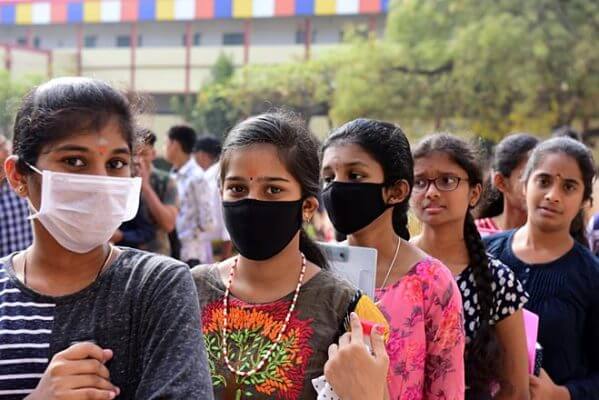

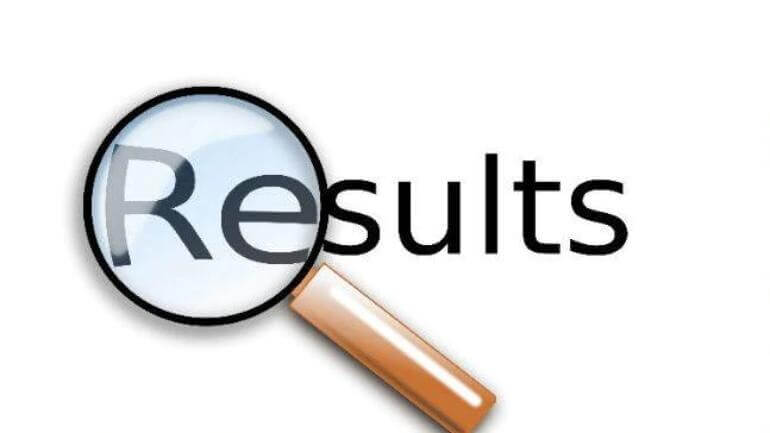
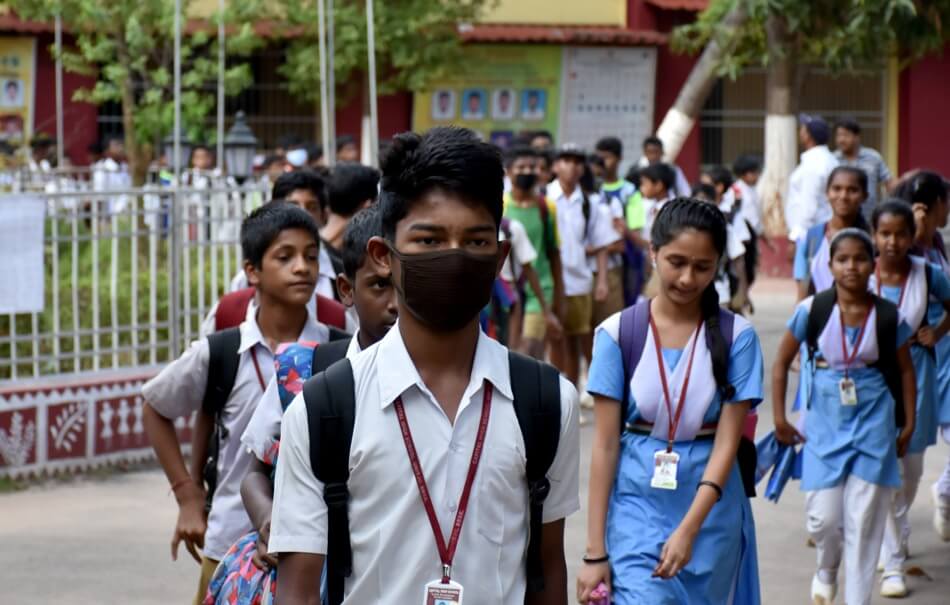

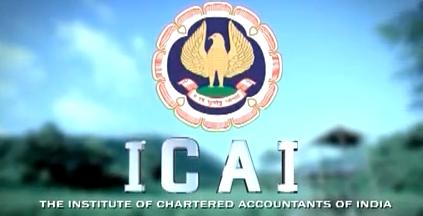
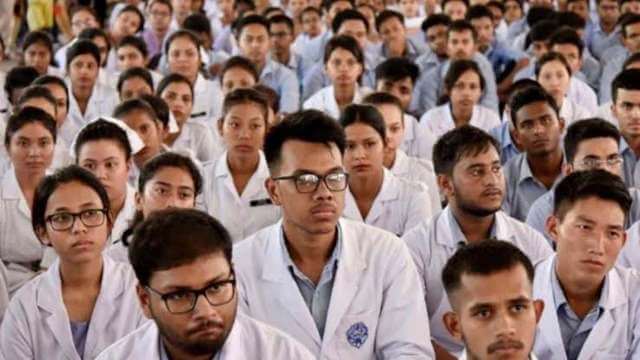
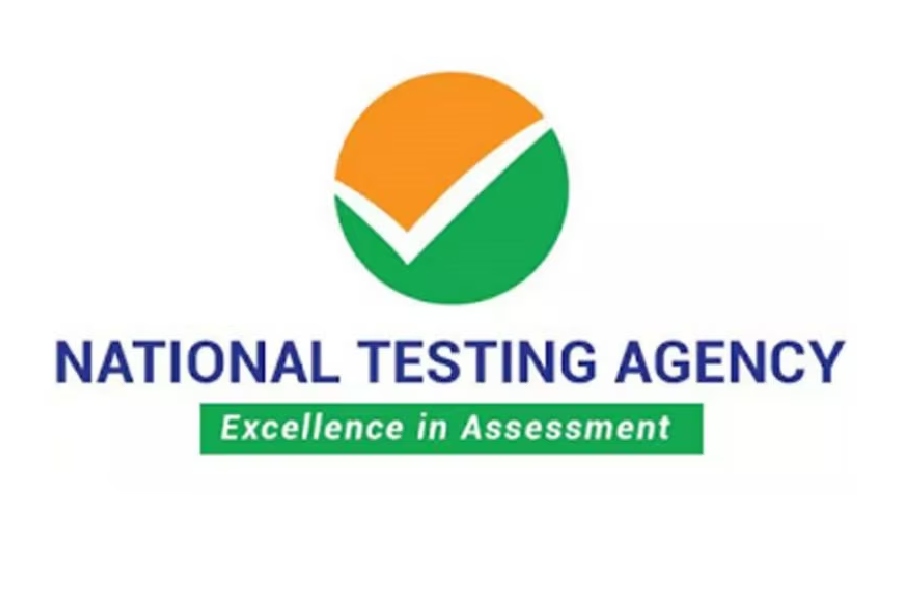
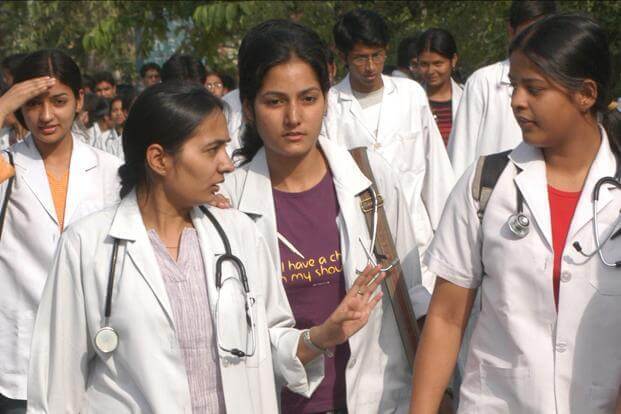
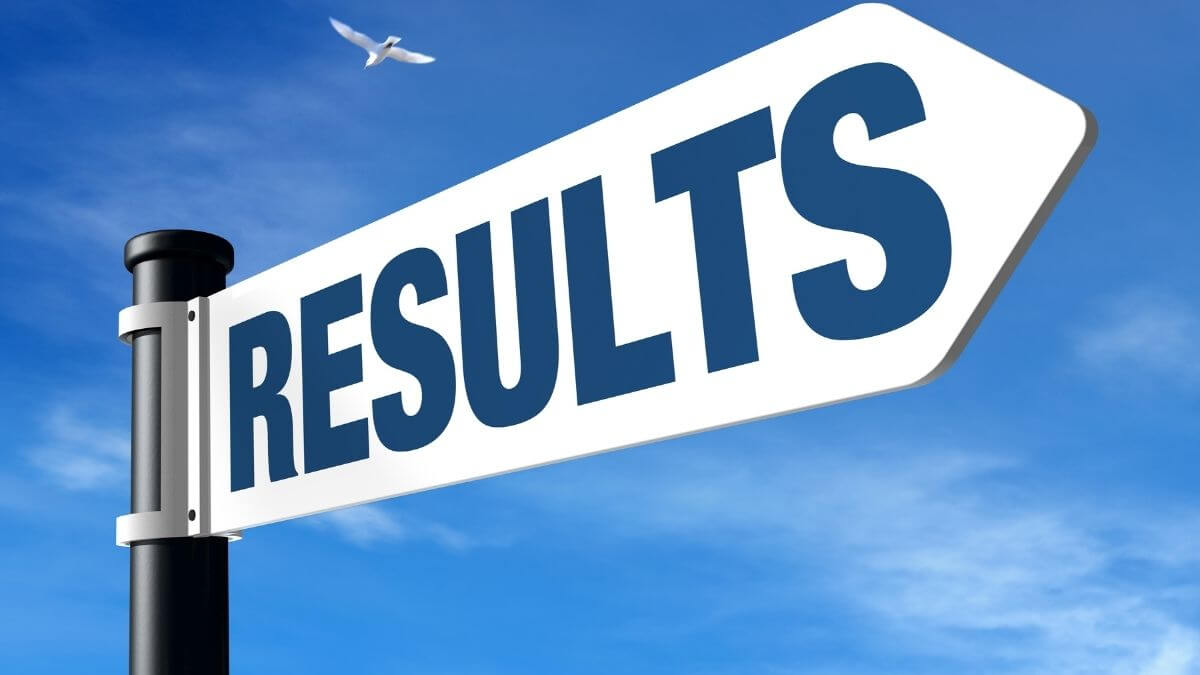
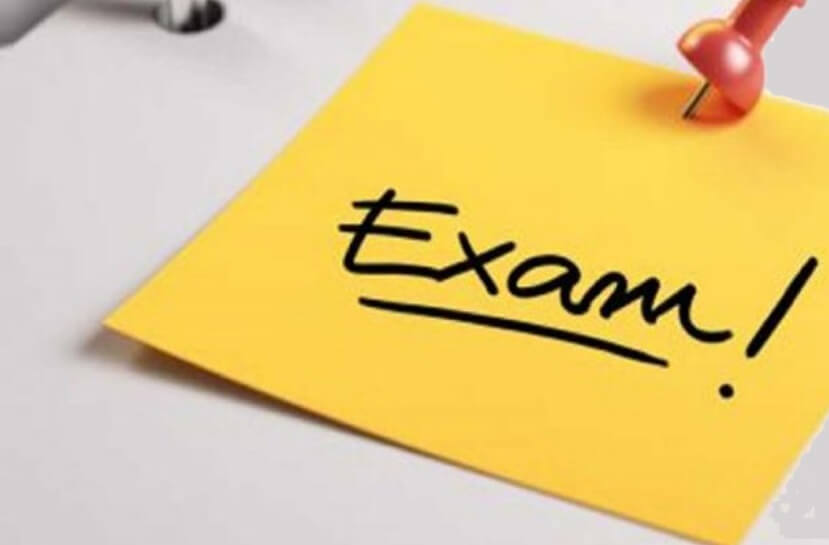
.jpg)

